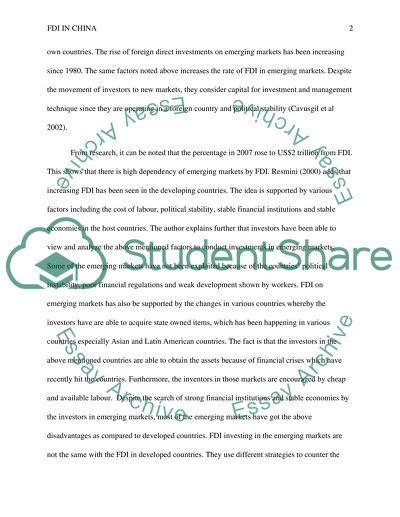Cite this document
(“Emerging markets Essay Example | Topics and Well Written Essays - 2750 words”, n.d.)
Retrieved from https://studentshare.org/marketing/1493722-emerging-markets
Retrieved from https://studentshare.org/marketing/1493722-emerging-markets
(Emerging Markets Essay Example | Topics and Well Written Essays - 2750 Words)
https://studentshare.org/marketing/1493722-emerging-markets.
https://studentshare.org/marketing/1493722-emerging-markets.
“Emerging Markets Essay Example | Topics and Well Written Essays - 2750 Words”, n.d. https://studentshare.org/marketing/1493722-emerging-markets.


